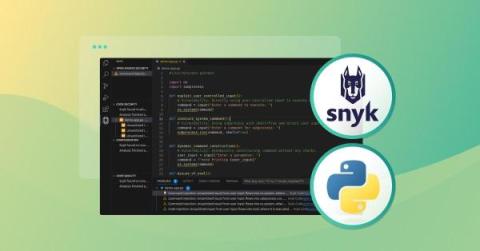Hunting for Android Privilege Escalation with a 32 Line Fuzzer
Trustwave SpiderLabs tested a couple of Android OS-based mobile devices to conduct the research on privilege escalation scenarios. Specifically, we wanted to show a straightforward process attackers may use to exploit vulnerabilities in an Android device’s system services and systems. The testing revealed that, in some cases, exploiting the issues we found were very easy.











